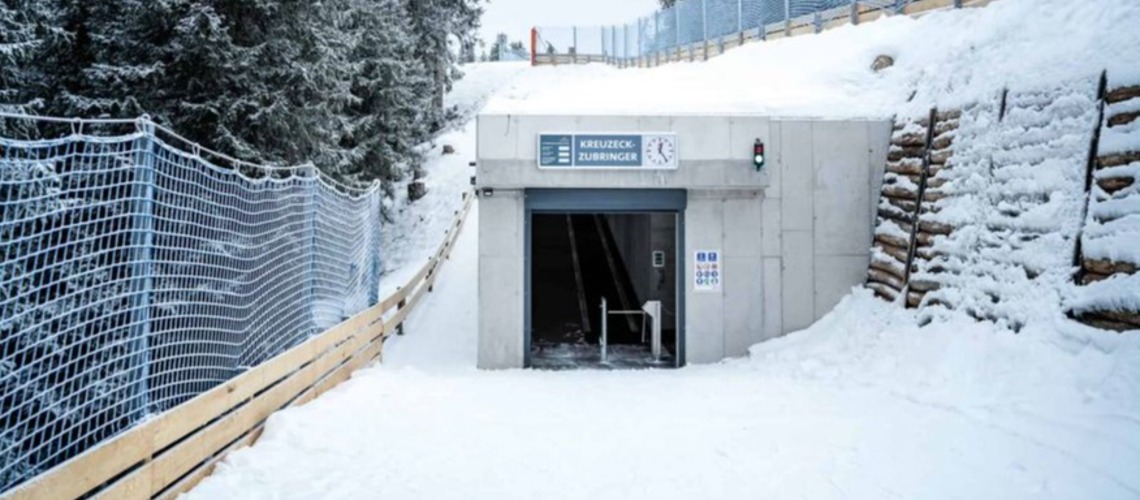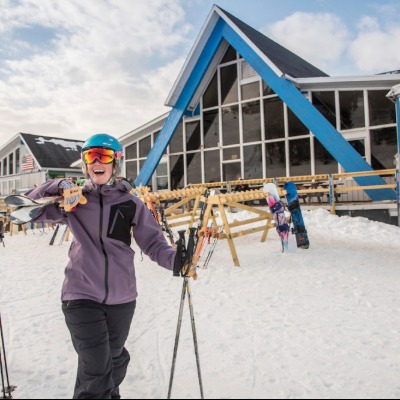German LiftCo’s Are Preparing For The Winter Season

Companies are concerned with potential energy savings. Cable cars are already well positioned in terms of efficient energy use/saving. For example, through measures such as heating buildings (e.g. gastronomy) using waste heat from the cable car or photovoltaic systems to support self-sufficiency.
Nevertheless, in view of the current energy crisis, companies are working intensively on additional potential savings for the coming winter season.
Basically, all areas of cable car operation are put to the test, says VDS Vice President Peter Lorenz. These include a reduction in driving speed, switching off the seat heating, but also restrictions on the lighting and interior temperatures.
The start of the winter season for German cable cars has always depended on the weather conditions and is usually between mid-December and the beginning of the Christmas holidays.
The energy requirement for a guest on a day of skiing with cable cars, slope preparation, etc. is 16 kWh, explains Peter Lorenz. A medium-sized car with an average consumption of 7 liters needs just as much energy for a distance of 22 km.
Cable cars generate enormous added value for the entire region. They make an irreplaceable contribution to secure and sustainable jobs, especially in structurally weak areas. 1 job at the cable car creates or secures a total of 5.1 jobs in the region.
In addition: "With our offer, we enable important breaks from everyday life, which are more important than ever in the current situation," summarizes Peter Lorenz, stv. VDS board.













